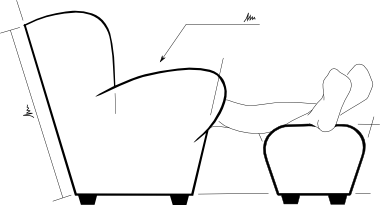Front Axle Assembly A002_R002
I’ve previously written about how composite beam layups can make forming easier and how using lighter materials in the core layers reduces mass. So, with those in mind, here is what the complete, newly revised, front axle and steering assembly looks like for Atomic Duck:
[gallery link=”file”]
Each part is designed to eliminate handedness — so the same parts that are used to create each steering assembly — and each part can be manufactured from a limited set of machining procedures.
-
2D cutting — of sheet or plate in only one plane. This can be done either by laser cutting for sheet and waterjet cutting of plate (for aluminium over 6mm thick), or by any other cutting method such as, CNC or cutting by hand.
-
Hand Layup — In a change from the R001 revision of the Front Axle assembly, all industrial bending requirements have been eliminated. For A002_R002, the bent axle can be layed up by hand, and though it is not self-jigging, the former can be constructed from only 2D cut sheet. The outer layers are 1mm aluminium alloy, and the core layers are flexible plywood.
-
Drilling — The accuracy of the kingpin axis that is drilled through the kingpin plate (A002_P001_R002) and the steering upright (A002_P002_R002) means it needs a pillar drill, but for both parts, the hole is perpendicular to the faces it travels through, meaning that they are simple to mark and drill.
-
Tapping — Probably the most specialist operation for a home manufacturer, the axle-to-upright junction is an M18×1.5mm Metric (Fine) thread, and the outer end of the axle is threaded with M20.
-
Turning — Only the stub axle (A002_P005_R002) requires turning on a lathe. Changed from A002_P005_R001, when the the axle was all the same diameter, the upright end has been reduced to 18mm diameter to give a shoulder to thighten it to the upright.
-
Metric Fasteners — Uses an M10 nut and bolt combination for the kingpin, with readily available flanged, plain bearings.
